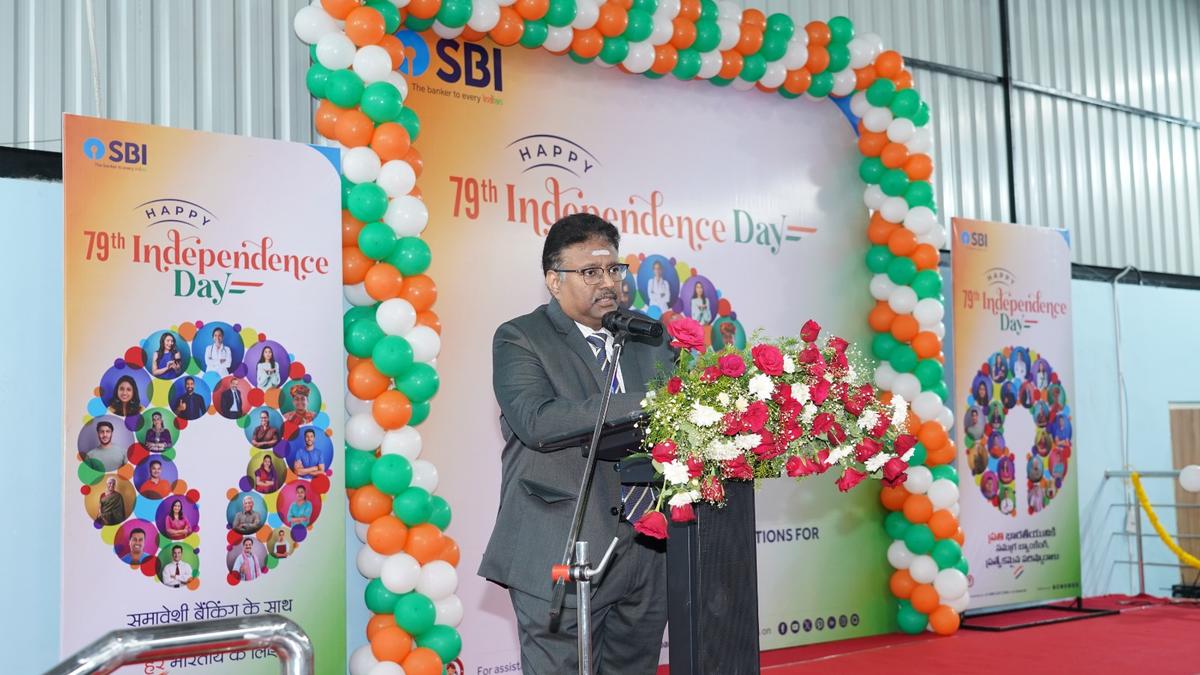Now Reading: Tamil Nadu Falls Short: E-Shram Registrations Miss Halfway Mark, Reveals Govt Data
-
01
Tamil Nadu Falls Short: E-Shram Registrations Miss Halfway Mark, Reveals Govt Data
Tamil Nadu Falls Short: E-Shram Registrations Miss Halfway Mark, Reveals Govt Data

Swift Summary
- Tamil Nadu has achieved onyl 43% of its e-Shram registration target for unorganised workers, per data from the Ministry of Labor and Employment.
- The State was assigned a target of 2.17 crore registrations, but as of August 3, 2025, only 93.13 lakh workers have enrolled on the portal.
- The e-Shram portal was launched by the Union government in August 2021 to centralize welfare benefits for platform workers, gig workers, and temporary labourers.
- registered individuals are eligible for ₹5 lakh medical cover under Ayushman Bharat Health Scheme,₹2 lakh accidental death insurance,and other social security benefits.
- Tamil Nadu has not ranked among the top States in total registrations; Uttar Pradesh has exceeded its target considerably with over 8.39 crore registrations against a goal of 6.66 crore.
- Female enrolments (59.4 lakh) in Tamil Nadu outnumber male registrations (33.7 lakh), yet overall progress remains below expectations.
- the Unorganised workers Federation called for enhanced field-level outreach to improve awareness about e-Shram among rural and semi-urban populations.
- Additional demands from the federation include withdrawal of new labour codes and sector-specific protections for vulnerable industries like construction, fishing, and agriculture.
Indian Opinion Analysis
Tamil Nadu’s slow progress in meeting its e-Shram registration targets highlights important gaps in awareness campaigns or implementation strategies aimed at informal-sector labourers across rural and semi-urban regions. This is concerning given that unorganised workers form a critical part of India’s workforce who stand to benefit significantly from social security schemes offered through this initiative.
The success seen by States like Uttar Pradesh serves as an example that targeted outreach can yield measurable results when properly scaled and executed-especially with strong field-level engagement efforts supported by local institutions or non-governmental organizations.
The gender divide observed within Tamil Nadu’s registration statistics is noteworthy; female participation exceeding male enrolments may suggest certain social dynamics around access enhancement but doesn’t offset overall shortfalls.
Considering these challenges faced by Tamil Nadu alongside broader calls for industry-specific safeguards from worker federations-it might potentially be necessary to revisit public engagement channels addressing structural stress-points until remaining cohorts join under citizen-welfare opportunities capable external validation comparisons tracking parity effort amongst varying state outmissions surrounding final successiveness benchmarks scorecards-read systems-scale demonstrate forthcoming timeframes(success maintenance adherence pending further distributions). Calls federally approve mengenouncements(“trackable vectors matching sophisticated high growth balancing”).
Read more: – https://indian-opinion.com/fullreport-tamilworkersupdate























